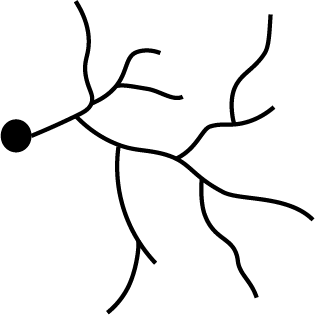 Film still
Film stillA Vast Shimmer Spans All
2022
One channel video with sound
16 mins 31 secs
2022
3D printed resin
60 x 20 x 42 cm
2022
3D printed resin
51 x 18 x 34 cm
Latent Affinity II
2022
3D printed resin
50 x 26.6 x 26 cm
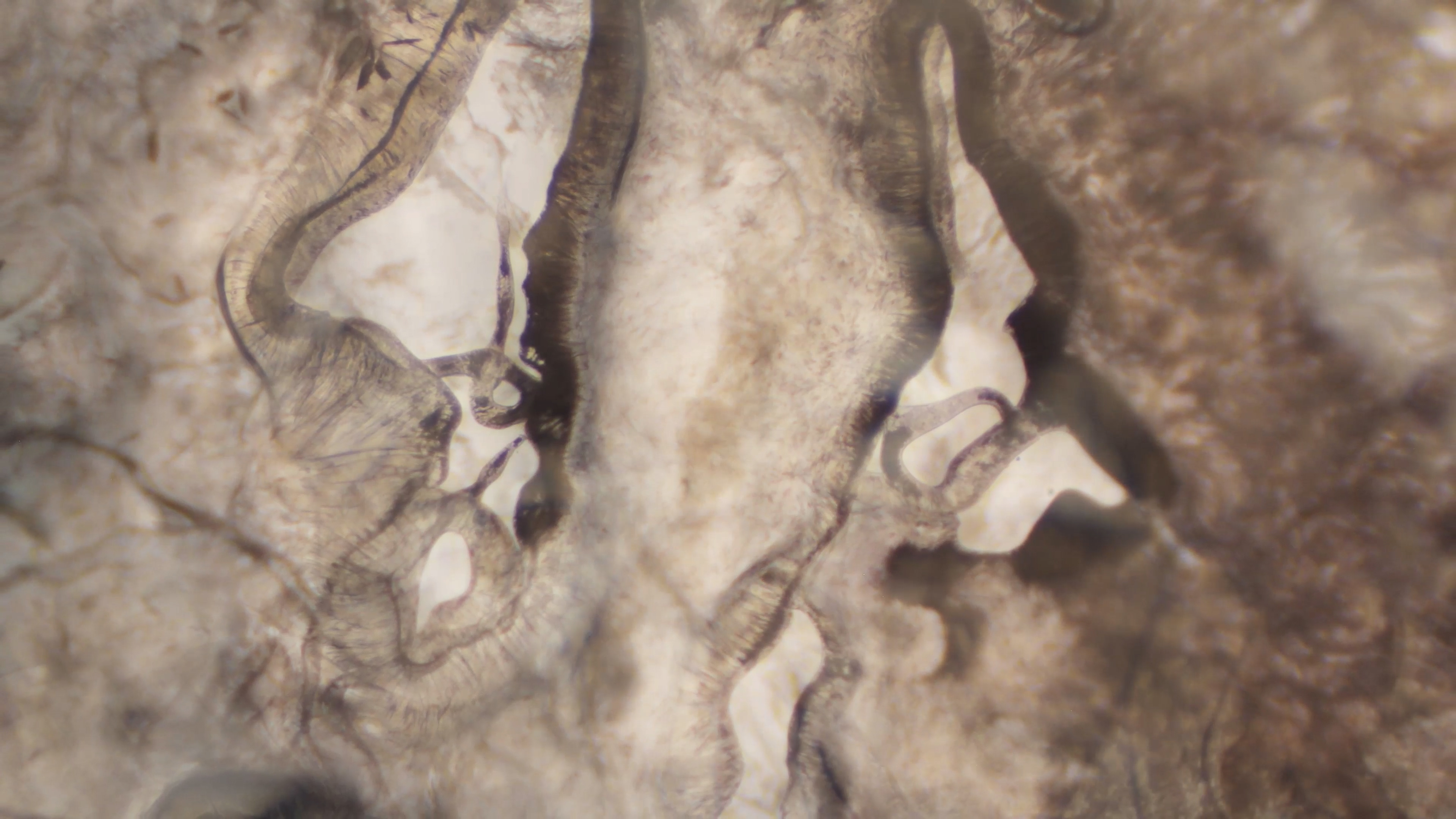
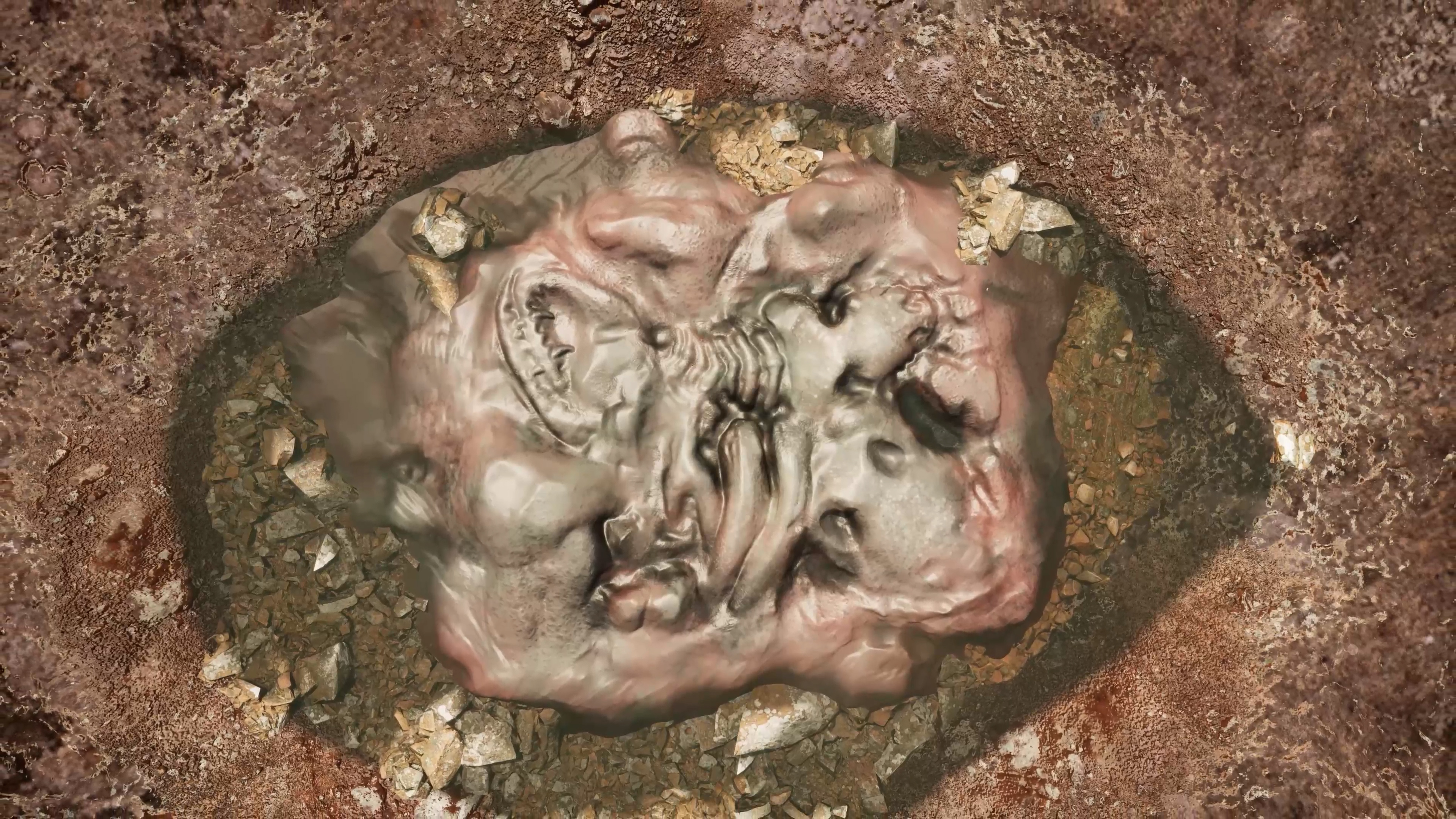

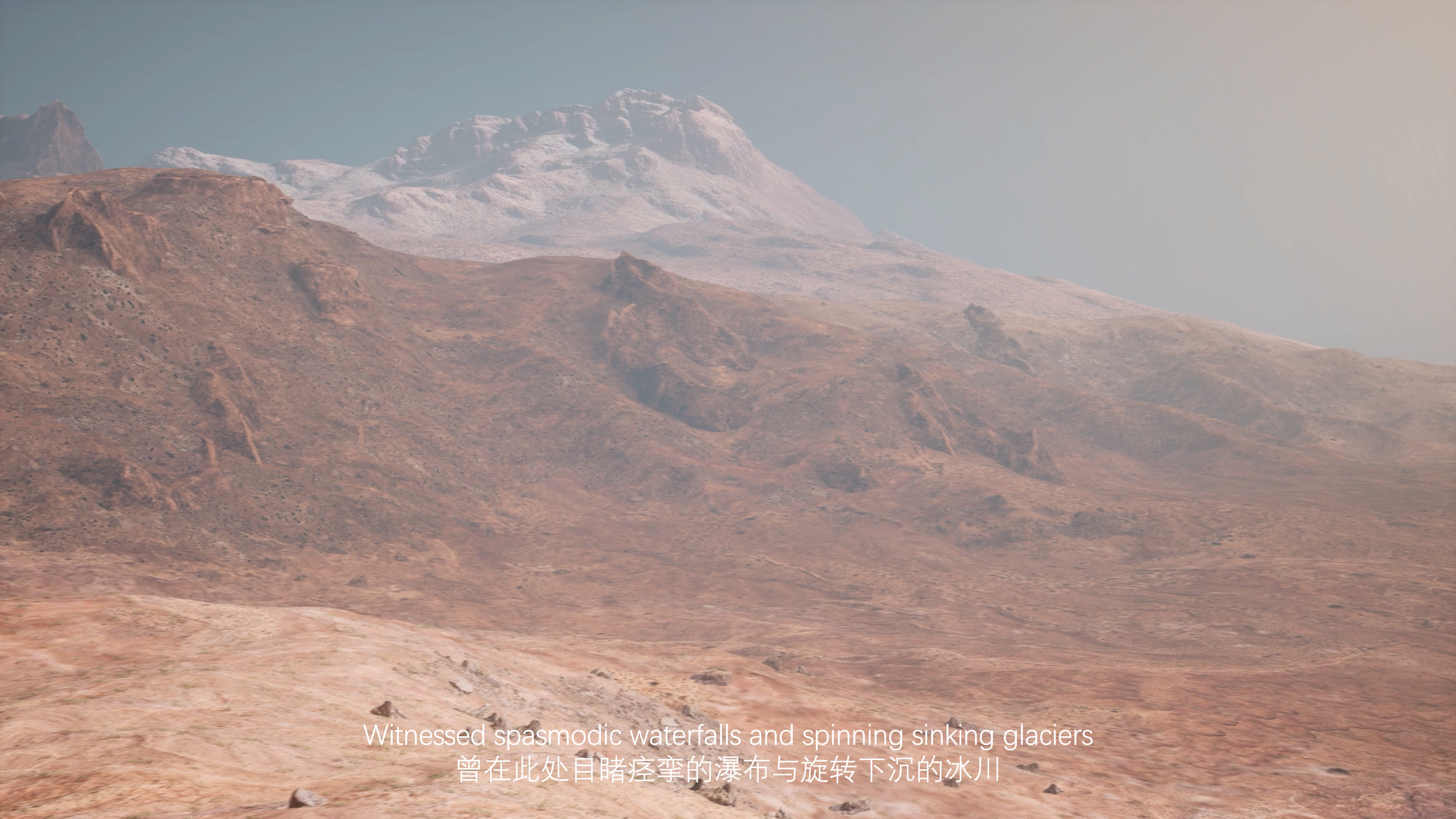
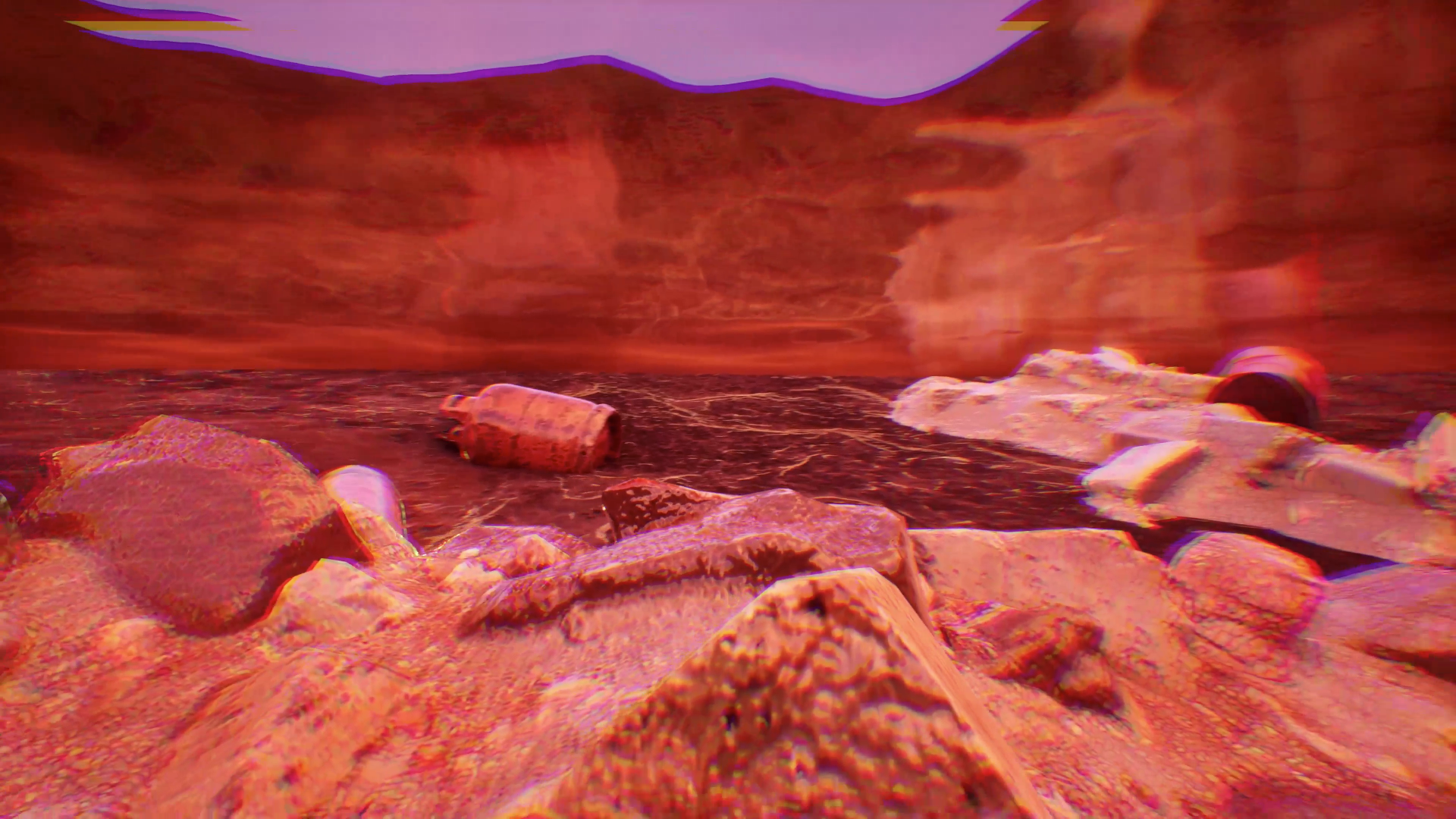
Film still
A Vast Shimmer Spans All
2022
One channel video with sound
16 mins 31 secs
A Vast Shimmer Spans All: A non-place in staggered time
Text by Iris Long
The Anthropocene's "1945 starting point claim" is interwoven with a disturbing past. The large-scale thermonuclear weapons experiments that began in the mid-20th century led to a spread of radioisotopes globally. "This means that everyone born after 1963 has radioactive material in their teeth." In the context of the "Great Acceleration," Anthropocene unfolded along with a shift from a "geological turn" to a "microbial turn" (Yusoff 2013, 2016). Geologists often view the earth as a "stratigraphic machine" (the earth moves its material horizontally and vertically through sediments, up through the biosphere, and down through the lithosphere, Zalasiewicz 2008).
In the context of the "Great Acceleration", substance narrative of the "stratigraphic machine" arrived at two new situations: after World War II, geologists in Europe and the United States, as well as in the Soviet Union, intensified their research on geological ages of isotopes, invisible radioactivity was coupled with the determination of the history of hard rock layers, and geoscientists coupled it with the determination of the history of hard rock layers. Earth scientists also began to detect information from the extreme depths of the earth through earth neutrinos produced during the decay of uranium and thorium elements (the Borexino Solar Neutrino Experiment detector was buried more than 1000 meters below Gran Sasso, Italy). On the other hand, also at a scale invisible to the naked eye, the cycles of the human microbiome, carbon and nitrogen, pH values, and temperature tolerance have triggered a new round of "natural selection" at the level of the overall microbiology world – the world of microbiology was rapidly evolving out of sight. In the life view of the "microbial turn," the seemingly indestructible strata-geological substance melted into a fluid stream of plant and animal-mineral-microbial co-evolution. The latter reconstructs the depth of time in the stratigraphic deposition sense into interlocking tearing, ambiguity, and disintegration.
Cao Shuyi's video and sculptural installation A Vast Shimmer Spans All constructs such an interlocking temporality: the extremophile that feed on heavy metals and toxic waste and the unidentified road travelers take turn to tell their physical experiences of gnawing, crawling, swimming, remembering and getting lost. While seemingly random encounters with the nuclear waste site, snow goose carcass and a marker of unknown origin all hold clues in the physical world: they are inspired by the Waste Isolation Pilot Project (WIPP), a deep geological disposal plant used to store transuranic waste in the Delaware sedimentary basin of southern New Mexico, and the 1995 mass mortality of snow geese at Berkeley Pit Lake in Butte, in Montana. The work's narrative dimension, seemingly untethered to any particular place, is rooted in a globally interconnected techno-sphere that exists primarily by burning non-renewable energy and is extremely poor at recycling. It includes highways, railroads, airports, mines and quarries, oil and gas fields, cities, rivers, reservoirs, landfills, pit lakes, and nuclear waste disposal sites born out of "non-recycling." Another neutrino detector in operation, KamLAND, first detected neutrinos deep inside the earth while discovering large amounts of background radiation from nearby nuclear power plants. Although human presence is not manifested physically in this work of art, people and their actions are pervasively present in the form of techno-spheres.
In the film, the ancient organisms, generated with the microscopic imaging apparatus, live seemingly peacefully and self-effacing in the abstract landscape. Thereupon, in the toxicity and contaminated ecology rendered by the cartographic engine, they present a frightening hunger and aggressiveness, which became the "super-agent of planetary formation."(quoting the artist) They are more ancient than rocks, and rocks are more ancient than humans. In the narrative of this video, the evidence for the "Anthropocene" does not appear to be any definitive object in the stratum but rather a concerted performance by microbes, minerals, animals, and anonymous and human-like narrators (Karen Barad, 2003). Diverse bacteria metabolize under a variety of extreme environmental conditions, the mineralogical byproducts of crustal folding, eruptions, and implosions become food for many species, including humans (Tyler Volk, 2004), and all of this is also folded into the diffusion of time about trace elements (copper ore) and radioactivity. In Anna Tsing's words, it's an "unstable and constantly seeping" time in which the work of art happens discretely in the non-place of time.
